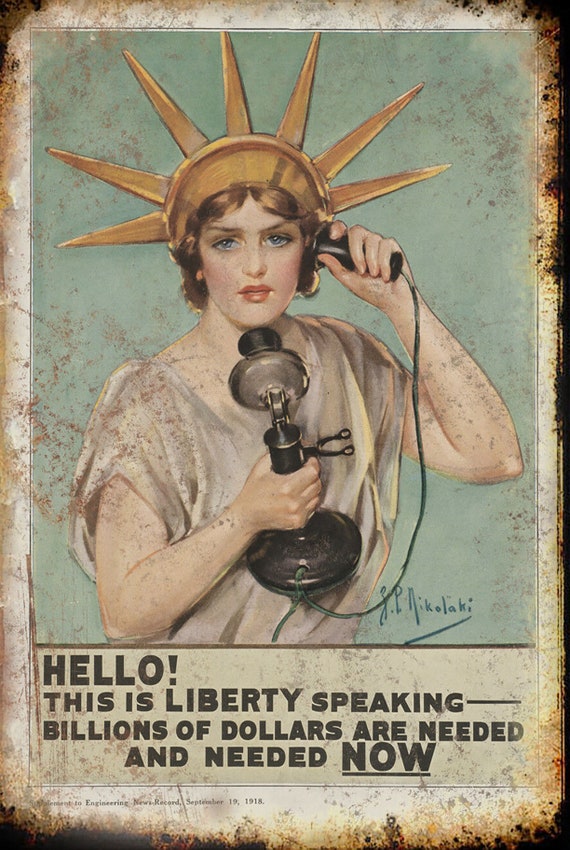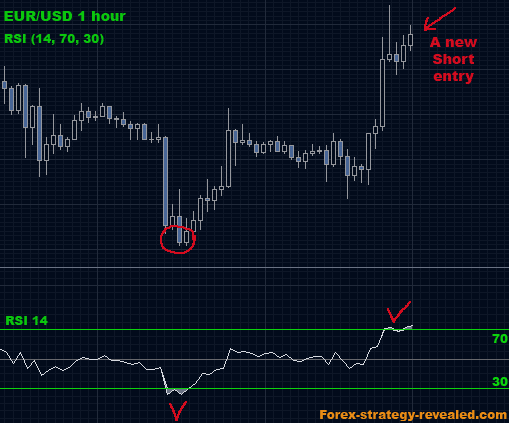
Trading in Nasdaq forwards has many benefits over the QQQETF. Nasdaq's futures trade eight-times more than the QQQETF. Futures are an excellent way to invest in stocks that offer strong growth prospects but also have low risk. You also get a number of tax benefits from futures.
E-mini Nasdaq 100
E-mini Nasdaq 100 future contracts are traded on the NYSE. Nasdaq Stock Market Inc. determines the Final Settlement price on the Friday following the contract month. The price is based on the Special Opening Quotation for the Nasdaq 100 Index.
The E-mini Nasdaq 100 futures are based on the Nasdaq 100 Index, which is one of the world's largest stock indexes. The Emini Nasdaq 100 index includes 100 companies from major industries and 100 large corporations. It offers liquidity to investors, and the ability for them to react to global changes.

Nasdaq 100 index futures
The Chicago Mercantile Exchange trades the Nasdaq100 index futures. They are futures of the index's 1996 launch. These contracts were 100 times more expensive than the index in the beginning, but the price has risen dramatically over time. CME launched emini Nasdaq100 index options later on, which were priced 20x higher. These contracts were available for trading on the CME from March 2015 to March 2015.
The earnings reports of individual companies have a significant impact on the price and trend of the NASDAQ 100. The price of the NASDAQ 100 will rise if large companies report strong earnings. However, a company with a high earnings ratio will see its index drop if it announces poor earnings.
Contract multiplier
The underlying asset of a Nasdaq futures contract is the price of a stock or index. A $100 increase in price, for example, would bring $480 to Stock A if it was $84. A short seller would also be affected by a $100 price drop. This would result in a $500 loss.
The NASDAQ futures contract was launched on June 21, 1999. It allows investors to speculate and hedge against the price movements of the Nasdaq Index. There are many futures instruments that use the NASDAQ index such as E-mini NASDAQ and NASDAQ-100.

Securities eligible for inclusion on the Underlying Index
An Underlying Index security must have at least $100 million in market capital. An index is made of securities from different issuers and sectors. Nasdaq futures must meet the minimum capitalization requirements in order to be eligible for inclusion.
Eligible participants must pay a minimum of $.375 per security product, listed option, and unlisted derivative. Account guarantees will not satisfy the margin requirements. Margin requirements must be met in accordance to Section 11(d(1) of the Exchange Act, and SEA Rule 11d1-2.
FAQ
What is security?
Security is an asset that produces income for its owner. The most common type of security is shares in companies.
A company may issue different types of securities such as bonds, preferred stocks, and common stocks.
The earnings per share (EPS), and the dividends paid by the company determine the value of a share.
When you buy a share, you own part of the business and have a claim on future profits. If the company pays you a dividend, it will pay you money.
Your shares can be sold at any time.
What are some of the benefits of investing with a mutual-fund?
-
Low cost – buying shares directly from companies is costly. A mutual fund can be cheaper than buying shares directly.
-
Diversification: Most mutual funds have a wide range of securities. When one type of security loses value, the others will rise.
-
Professional management – professional managers ensure that the fund only purchases securities that are suitable for its goals.
-
Liquidity - mutual funds offer ready access to cash. You can withdraw your money whenever you want.
-
Tax efficiency - Mutual funds are tax efficient. As a result, you don't have to worry about capital gains or losses until you sell your shares.
-
Purchase and sale of shares come with no transaction charges or commissions.
-
Mutual funds are easy-to-use - they're simple to invest in. You only need a bank account, and some money.
-
Flexibility: You can easily change your holdings without incurring additional charges.
-
Access to information - You can view the fund's performance and see its current status.
-
Investment advice – you can ask questions to the fund manager and get their answers.
-
Security - Know exactly what security you have.
-
Control - You can have full control over the investment decisions made by the fund.
-
Portfolio tracking allows you to track the performance of your portfolio over time.
-
Easy withdrawal - it is easy to withdraw funds.
Investing through mutual funds has its disadvantages
-
Limited investment opportunities - mutual funds may not offer all investment opportunities.
-
High expense ratio. The expenses associated with owning mutual fund shares include brokerage fees, administrative costs, and operating charges. These expenses will eat into your returns.
-
Lack of liquidity - many mutual fund do not accept deposits. They must only be purchased in cash. This limit the amount of money that you can invest.
-
Poor customer support - customers cannot complain to a single person about issues with mutual funds. Instead, you will need to deal with the administrators, brokers, salespeople and fund managers.
-
High risk - You could lose everything if the fund fails.
Why are marketable Securities Important?
An investment company exists to generate income for investors. It does so by investing its assets across a variety of financial instruments including stocks, bonds, and securities. These securities have certain characteristics which make them attractive to investors. They can be considered safe due to their full faith and credit.
It is important to know whether a security is "marketable". This is the ease at which the security can traded on the stock trade. If securities are not marketable, they cannot be purchased or sold without a broker.
Marketable securities can be government or corporate bonds, preferred and common stocks as well as convertible debentures, convertible and ordinary debentures, unit and real estate trusts, money markets funds and exchange traded funds.
These securities are preferred by investment companies as they offer higher returns than more risky securities such as equities (shares).
What is the trading of securities?
The stock market lets investors purchase shares of companies for cash. To raise capital, companies issue shares and then sell them to investors. These shares are then sold to investors to make a profit on the company's assets.
Supply and demand determine the price stocks trade on open markets. When there are fewer buyers than sellers, the price goes up; when there are more buyers than sellers, the prices go down.
There are two ways to trade stocks.
-
Directly from the company
-
Through a broker
Statistics
- For instance, an individual or entity that owns 100,000 shares of a company with one million outstanding shares would have a 10% ownership stake. (investopedia.com)
- Even if you find talent for trading stocks, allocating more than 10% of your portfolio to an individual stock can expose your savings to too much volatility. (nerdwallet.com)
- Our focus on Main Street investors reflects the fact that American households own $38 trillion worth of equities, more than 59 percent of the U.S. equity market either directly or indirectly through mutual funds, retirement accounts, and other investments. (sec.gov)
- "If all of your money's in one stock, you could potentially lose 50% of it overnight," Moore says. (nerdwallet.com)
External Links
How To
How to make your trading plan
A trading plan helps you manage your money effectively. It helps you identify your financial goals and how much you have.
Before you start a trading strategy, think about what you are trying to accomplish. You may want to make more money, earn more interest, or save money. If you're saving money you might choose to invest in bonds and shares. If you are earning interest, you might put some in a savings or buy a property. And if you want to spend less, perhaps you'd like to go on holiday or buy yourself something nice.
Once you have an idea of your goals for your money, you can calculate how much money you will need to get there. This depends on where your home is and whether you have loans or other debts. Also, consider how much money you make each month (or week). Your income is the amount you earn after taxes.
Next, make sure you have enough cash to cover your expenses. These include bills, rent, food, travel costs, and anything else you need to pay. Your monthly spending includes all these items.
The last thing you need to do is figure out your net disposable income at the end. That's your net disposable income.
This information will help you make smarter decisions about how you spend your money.
Download one online to get started. Ask someone with experience in investing for help.
Here's an example: This simple spreadsheet can be opened in Microsoft Excel.
This shows all your income and spending so far. This includes your current bank balance, as well an investment portfolio.
And here's a second example. This was designed by a financial professional.
It will allow you to calculate the risk that you are able to afford.
Don't attempt to predict the past. Instead, you should be focusing on how to use your money today.